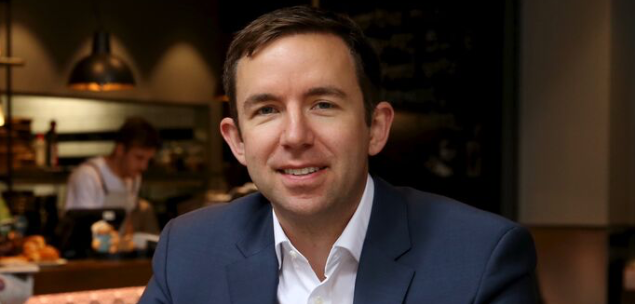Over the past seven months we’ve been on an incredible roller-coaster of a journey – the kind that only an early-stage startup is capable of experiencing.
We’ve hired, fired, experimented, failed, and ultimately succeeded in getting Found to that magic milestone of $83,333.33 of monthly revenue – more commonly known as $1m per year annualised revenue – from our business (B2B) customers.
For us, this is one of those truly meaningful milestones on the journey, as it starts to really demonstrate beyond doubt that “hey, this thing that we’re building – it might just work!” For most early stage businesses, this kind of proof-point is extremely welcome.
When we told one of our investors about the milestone, his first reaction was “wow, you’ve made that look easy” – however nothing could be further from the truth. There are loads of pitfalls and misconceptions waiting for startup founders when they first start down this path – a lot of which no one ever told us about.
Here are five strategies we implemented at Found to achieve $1m+ revenue in the space of seven months:
- Don’t sweat the marketing: The B2B space is incredibly competitive, with countless marketers vying for the very limited attention span of the typical platform buyer/influencer/user. We tried a range of different search/display options, and couldn’t get results that were economic, so we stopped. We’re now investing much more heavily in offline activities – in particular building out the sales team.
- “Sales is dead? Long live sales!”: One of the best decisions we made at Found in 2017 was to invest in building a B2B sales team instead of trying to have a fully online/self-service ‘funnel’. After all, nothing beats the conversation that a great salesperson can have with a potential customer. It establishes that you’re a “real business”, the salesperson can address any customer concerns, and the feedback (from missed sales) to the product team can be invaluable.
- Expect to invest in the early days: At Found, we quickly learnt that the “Atlassian Model” (that is, organically driven, paid signups without sales staff), is incredibly hard to execute in today’s climate. For a quick reality-check on the resources required to grow a SAS business, the chart in this article is excellent. As an example, Salesforce – undoubtedly one of the most successful SAS business of all time, with a mature product, strong brand and great team spends 50% of revenue on sales & marketing. In the first few months we were spending ~5x revenue on this, however we’re now seeing it come down. This is a key ratio to track as you scale up.
- Customer retention is key: There’s nothing worse than having a great sale go through, only to see the customer disappear at their first opportunity. We invested heavily in our Account Management team and processes upfront – and indeed we hired our first dedicated customer support person two weeks before we got the first revenue in the door. Remember, preventing a lost client is actually more valuable than winning a new one – no one wants a high-churn business, regardless of how good they are at winning new customers.
- Channel Warren Buffet: While the ‘Sage of Omaha’ is rarely quoted around the startup landscape, one of his more famous quotes is key when thinking about a pricing strategy. “Price is what [they] pay. Value is what [they] get”. In B2B sales demonstrating value to your customers is much more important than trying to be the cheapest in the market. We’ve done multiple iterations on our pricing model this year, and have trialled a range of different monthly plans which varied significantly in inclusions and pricing. Adjusting this had very little impact on conversion or retention rates. Don’t assume that “cheaper” = “more customers”.
While $1m per year run-rate revenue is only an early indicator of business potential, it’s nevertheless a great milestone for any early stage business. While every business is different, fundamentally mastering the sales and marketing approaches that work best for your business is vital to early-stage success. Figure these out, and you’re well on the path to strong and sustainable growth.
About the author
Andrew Joyce is the co-founder of Sydney-based startup Found. He established the mobile job platform with Peter Marchiori in April 2015. See also: Build a better mousetrap, be obsessive: Found’s co-founder on the key to challenging Seek and Job Seeker platform Found scores $2.5m in capital and recruits new business advisors.

